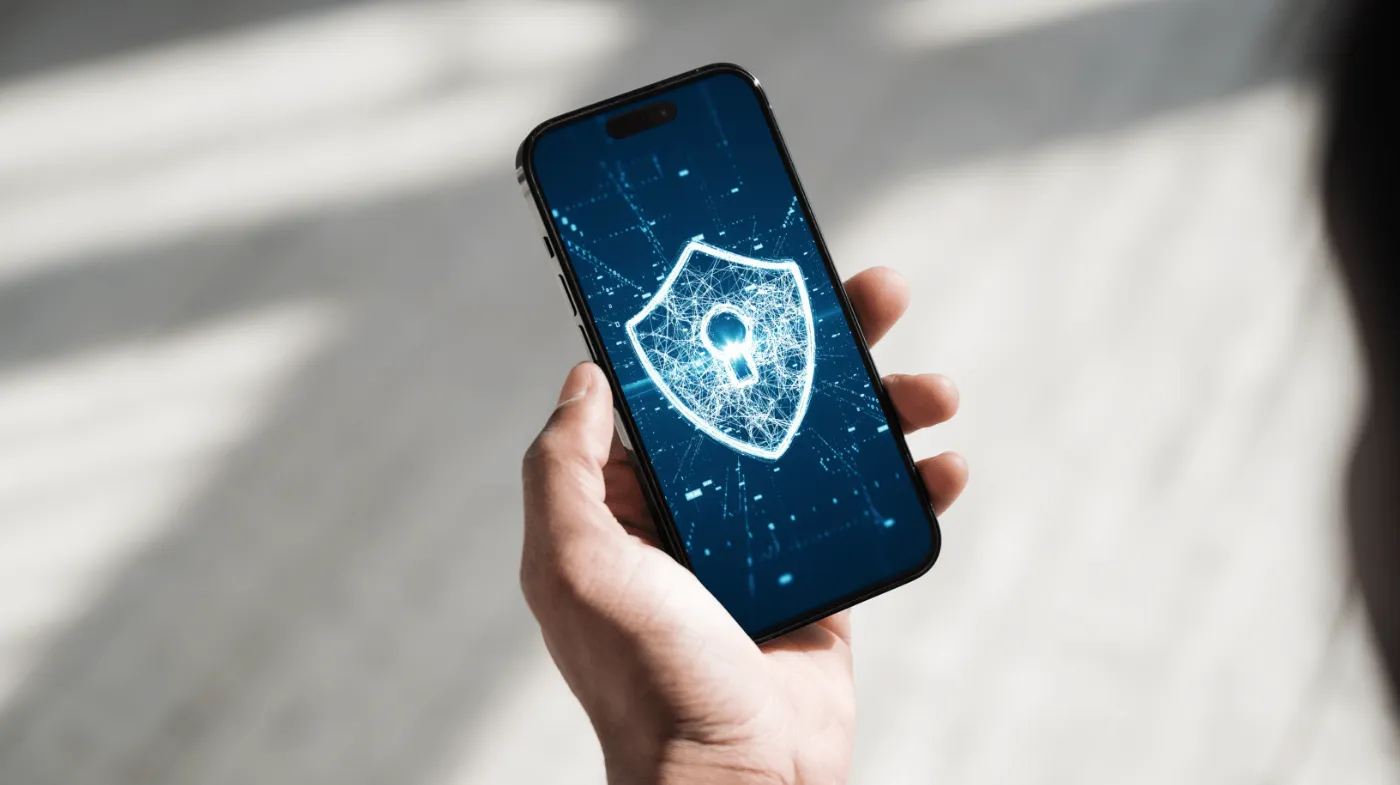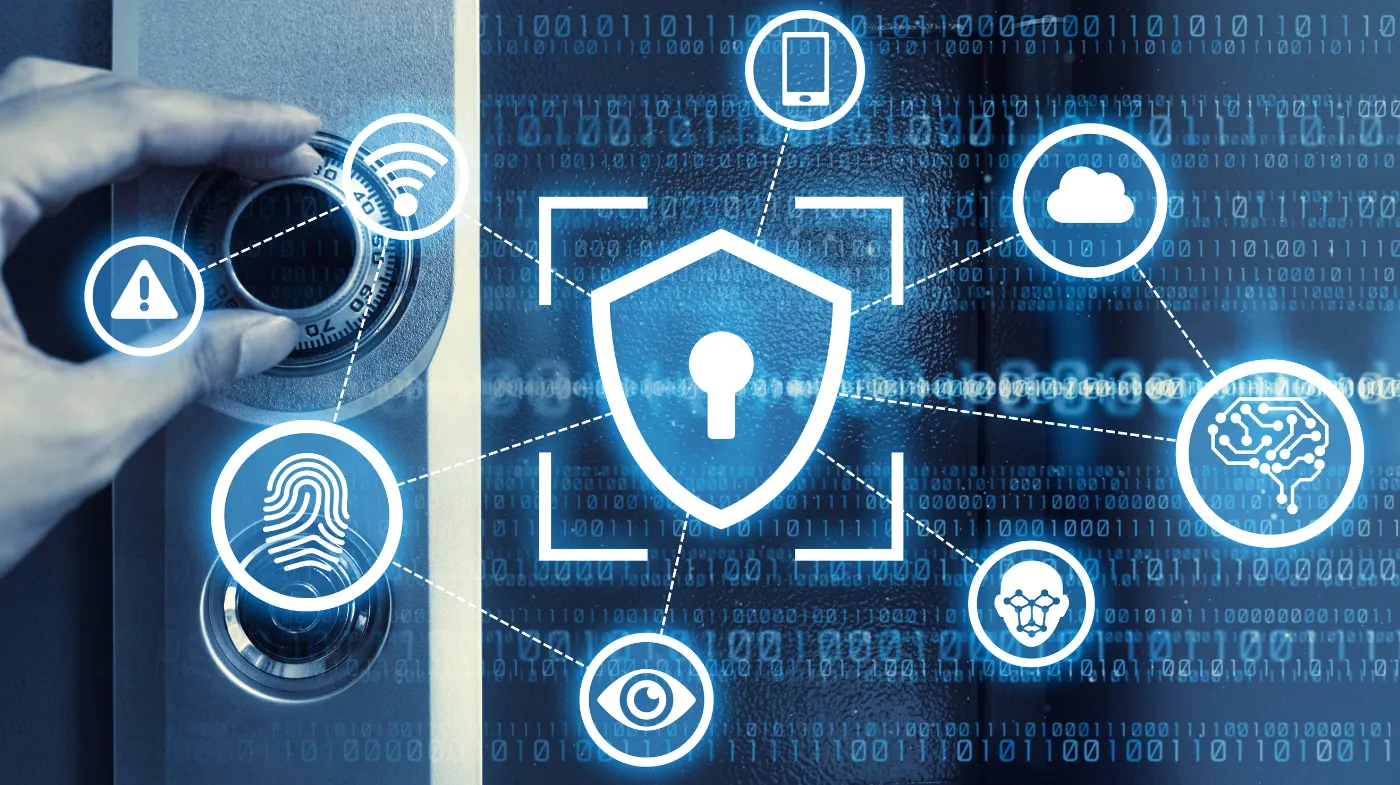
Mobile devices contain more valuable personal data than most people realize. Every smartphone holds a digital treasure trove of banking credentials, private messages, and location history that hackers desperately want to access.
This comprehensive guide reveals the critical security mistakes that leave millions vulnerable and exposes the insider secrets that cybersecurity experts use to protect their own devices.
You’ll discover how to create unbreakable passwords, implement foolproof authentication systems, and recognize the warning signs of sophisticated attacks.
Most importantly, you’ll learn the fundamental principles that separate secure users from easy targets.
The difference between digital safety and catastrophic data loss often comes down to simple changes you can implement today. Don’t wait until it’s too late.
The Mobile Security Landscape
Mobile devices have become the primary target for cybercriminals worldwide. Unlike desktop computers, smartphones are always connected, location-aware, and packed with sensitive data. The convenience we cherish also creates vulnerabilities that hackers exploit daily.
Modern smartphones face threats from multiple vectors, including malicious apps, unsecured networks, and social engineering attacks. Statistics show that less than 30 percent of smartphone owners properly lock their devices, leaving millions vulnerable to unauthorized access.
The financial impact of mobile security breaches extends beyond individual users. Businesses report billions in losses annually from compromised mobile devices, making personal security practices more critical than ever.
Authentication: Your First Line of Defense
Strong authentication forms the foundation of mobile security. Your device’s lock screen isn’t just about privacy; it’s your primary barrier against unauthorized access.
Setting Up Robust Device Locks
Enable biometric authentication whenever possible, combining fingerprint or facial recognition with traditional PINs. This dual approach significantly reduces the chances of unauthorized access while maintaining convenience for legitimate users.
Create random and strong passwords for your device lock screen, avoiding predictable patterns like “1234” or birthdates. Password complexity requirements have evolved, with security experts recommending at least eight characters combining letters, numbers, and symbols.
Consider using a robust PIN generator to create truly random numeric codes. These tools eliminate human bias in number selection, producing combinations that are mathematically harder to guess through brute force attacks.
Implementing Multi-Factor Authentication
Two-factor authentication (2FA) adds an extra security layer to your most important accounts. Despite its effectiveness, research shows that 90 percent of active Gmail accounts don’t use 2FA, leaving users vulnerable to account takeovers.
Enable 2FA on all critical applications, especially banking, email, and social media platforms. The minor inconvenience of additional verification steps pales compared to the security benefits provided.
Password Management Excellence
Password security remains one of the most critical aspects of mobile protection. Human-generated passwords are inherently weak due to predictable patterns and cognitive limitations.
Avoiding Typical Password Creation Errors
Password recycling represents one of the most typical password creation errors users make. Research indicates that 52% of people reuse the same password across multiple accounts, creating a domino effect when one service gets breached.
Avoid sequential patterns like “123456” or keyboard walks like “qwerty123.” These predictable combinations appear on every hacker’s target list and can be cracked within seconds using automated tools.
Don’t use personal information in passwords, including names, birthdates, or addresses. Information from social media profiles gives attackers easy clues for password guessing attempts.
Implementing Strong Password Practices
Use unique passwords for every account, regardless of perceived importance. A compromised password from a low-security site can provide access to high-value accounts if credentials are reused.
Leverage password managers to generate and store complex passwords automatically. These tools create cryptographically secure passwords that humans couldn’t devise manually, eliminating the burden of memorization.
Regular password updates should occur every three to six months for critical accounts. This practice limits the window of vulnerability if credentials are compromised without immediate detection.
App Security and Permissions

Mobile applications represent both tremendous utility and significant security risks. Understanding app permissions and installation best practices is crucial for maintaining device security.
Safe App Installation Practices
Install apps only from official stores like the Google Play Store or the Apple App Store. These platforms implement security screening processes that reduce, though don’t eliminate, malicious app risks.
Research app developers before installation, checking reviews and company backgrounds. Legitimate developers maintain transparent communication channels and respond to user concerns promptly.
Review app permissions carefully before granting access to device functions. Question why a flashlight app needs access to your contacts or why a game requires location services.
Managing App Permissions
Audit app permissions regularly through your device settings, revoking unnecessary access rights. Apps often request broad permissions during installation but may only need limited functionality for core features.
Monitor app behavior for unusual activity like unexpected data usage or battery drain. These symptoms may indicate malicious background processes or compromised applications.
Network Security Fundamentals
Mobile devices connect to various networks throughout the day, each presenting unique security challenges. Understanding network risks and implementing protective measures is essential.
Wi-Fi Security Best Practices
Avoid public Wi-Fi networks for sensitive activities like banking or shopping. These networks lack encryption and allow attackers to intercept data transmissions easily.
Use VPN services when connecting to unfamiliar networks. Virtual Private Networks encrypt your internet traffic, protecting data from network-level eavesdropping attacks.
Turn off automatic Wi-Fi connections to prevent your device from joining suspicious networks without your knowledge. Manual network selection gives you control over connectivity decisions.
Cellular Network Protection
Enable network encryption features provided by your carrier. Modern cellular networks offer robust encryption, but older protocols may have vulnerabilities.
Set up carrier account PINs to prevent SIM swapping attacks. These additional security measures make it harder for attackers to port your phone number to their devices.
Real-World Security Threats

Understanding current threats helps contextualize the importance of mobile security measures. Recent incidents demonstrate how quickly security vulnerabilities can impact millions of users.
The TikTok Security Incident
TikTok access stolen incidents have highlighted the vulnerability of social media platforms. In 2022, cybersecurity researchers discovered a potential data breach affecting up to 2 billion user database records.
The incident demonstrated how easily attackers can access stored user data when platforms use weak security practices. Users reported unauthorized account access, changed passwords, and deleted content without permission.
Account takeover attacks on social media platforms often target high-profile accounts for resale or influence manipulation. These incidents underscore the importance of using unique, strong passwords and enabling two-factor authentication.
Mobile Banking Threats
Banking trojans specifically target mobile banking applications, intercepting login credentials and transaction details. These sophisticated attacks can bypass traditional security measures through screen overlay techniques.
Phishing campaigns increasingly target mobile users through SMS messages and messaging apps, directing victims to fake banking websites designed to steal credentials.
Emergency Response and Recovery
Despite best efforts, security incidents can still occur. Having a response plan minimizes damage and speeds recovery from potential breaches.
Immediate Response Steps
Change passwords immediately if you suspect account compromise. Start with the most critical accounts like banking and email before moving to less sensitive services.
Enable remote wipe capabilities for your device in case of theft or loss. This feature allows you to delete personal data remotely, preventing unauthorized access to stored information.
Monitor financial accounts for suspicious activity, reporting any unauthorized transactions to your bank immediately. Quick response can limit financial damage from successful attacks.
Long-term Recovery Measures
Review account access logs across all major platforms to identify unauthorized login attempts. Most services provide detailed logs showing login times, locations, and device information.
Update security settings across all accounts, implementing stronger authentication methods and reviewing privacy configurations for optimal protection.
Frequently Asked Questions
How often should I update my phone’s security settings?
Monthly security reviews are recommended to ensure all settings remain current and effective. Check for software updates, review app permissions, and verify authentication settings are properly configured.
What makes a PIN truly secure against guessing attempts?
Random number generation creates the strongest PINs by eliminating human bias in number selection. Avoid sequential numbers, repeated digits, or personally meaningful dates that attackers might guess through social engineering.
Can older smartphones be made as secure as newer models?
Hardware limitations in older devices may prevent implementation of advanced security features like secure enclaves or biometric authentication. However, software updates, strong passwords, and careful app management can significantly improve security on older devices.
What should I do if I suspect my phone has been compromised?
Immediate isolation is crucial. Disconnect from networks and run security scans if possible. Change critical passwords from a separate device, enable two-factor authentication, and consider factory reset if malware is suspected.
Securing Your Digital Future
Mobile security isn’t a one-time setup but an ongoing commitment to protecting your digital life. The landscape of mobile threats continues evolving, requiring users to stay informed and proactive about security practices.
Implementation of these security measures transforms your smartphone from a vulnerable target into a hardened device that protects your personal information. The time invested in proper security configuration pays dividends through peace of mind and protection against costly security breaches.
Your mobile device security directly impacts your financial well-being, privacy, and digital reputation. Make security a priority today.
